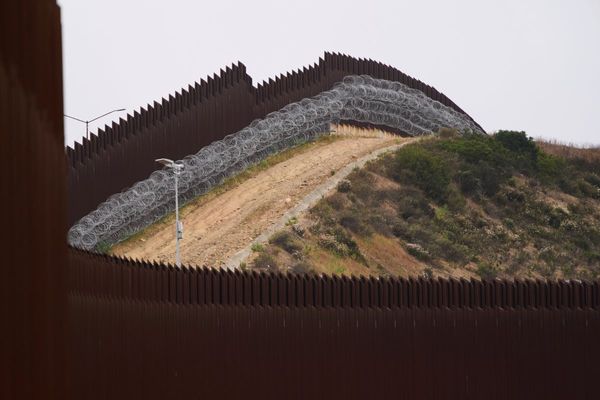
The European Union is after microplastics – and glitter is on their hit list.
In an effort to restrict the sale of plastics less than five millimetres small, the EU has enacted a ban against the shimmery powder, including the kind often used in makeup products. As of 18 October, no resident will be able to buy or sell glitter across the 27 European countries in the EU.
However, the EU isn’t prohibiting all types of glitter, as any environmentally-friendly alternative is still allowed.
According to the European Commission, biodegradable glitter is perfectly OK. “The purpose is not to ban all glitter but replace plastic glitter with more environmentally-friendly glitter that does not pollute our oceans,” the statement read. “Only glitter made of non-biodegradable, insoluble plastic is concerned.”
More specifically, any glitter made from “soluble, natural or inorganic” material can be bought and sold in the EU.
The glitter ban comes as a result of the EU’s goal to become the first climate-neutral continent by 2050, as stated in their European Green Deal. There are three pillars of the deal: No net emissions of greenhouse gases by 2050, economic growth decoupled from resource use, and no person and no place left behind.
The ban doesn’t extend to the United Kingdom, as the UK left the EU on 31 January 2020.
Before the official start date of the ban, the EU saw a noticeable increase in consumers purchasing the glittery additive and stocking up before they no longer can get the real thing, per BBC’s report. According to a study in the Journal of Hazardous Materials, even what the EU would consider to be “safe” glitter may still utilise plastic materials in the process of making environmentally-safe alternative.
With the ban in full effect, the EU is still allowing retailers to sell out their remaining supply of glitter and products containing the material until they have none left. “Microplastics, including plastic glitter, that are used on their own or in products for uses for which a specific transitional period is set,” the European Commission said.
The commission also noted that, from 17 October 2031 until 16 October 2035, makeup products and nail polish must include a label indicating whether they contain microplastics in order to continue to be sold.
Aside from the EU, other governments have been working to prohibit the use of microplastics for some time now. In 2015, the US Food and Drug Administration banned the use of microplastic beads in the manufacturing of exfoliators, cleansers, and toothpaste to prevent further water pollution.







